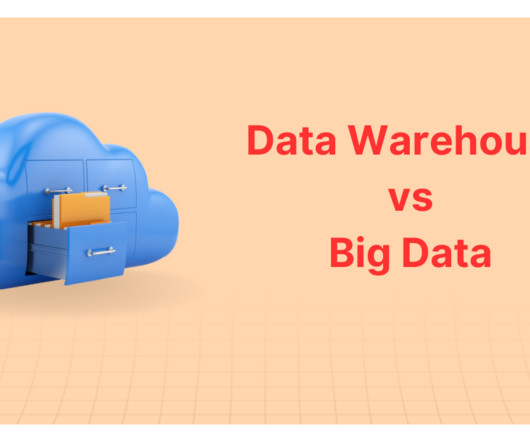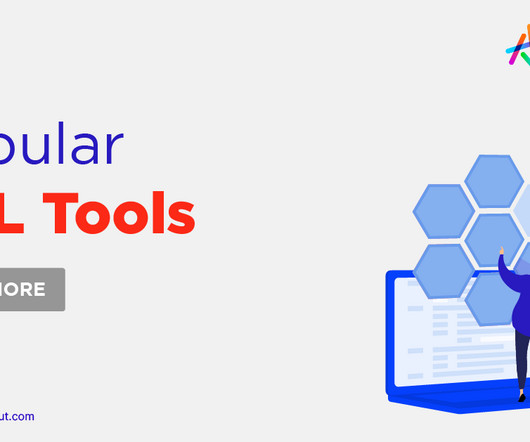50 PySpark Interview Questions and Answers For 2025
ProjectPro
JUNE 6, 2025
With the global data volume projected to surge from 120 zettabytes in 2023 to 181 zettabytes by 2025, PySpark's popularity is soaring as it is an essential tool for efficient large scale data processing and analyzing vast datasets. Resilient Distributed Datasets (RDDs) are the fundamental data structure in Apache Spark.


























Let's personalize your content